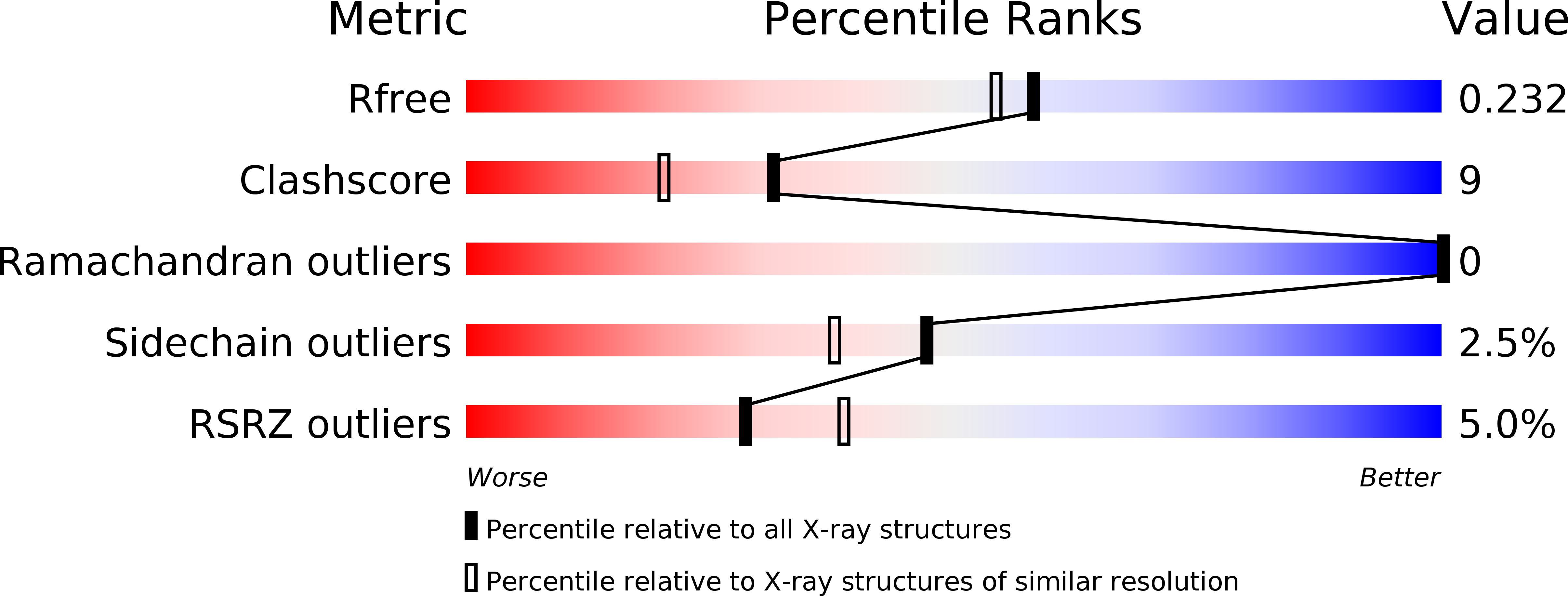
Deposition Date
2012-11-04
Release Date
2013-01-23
Last Version Date
2023-09-20
Entry Detail
PDB ID:
4HUT
Keywords:
Title:
Structure of ATP:co(I)rrinoid adenosyltransferase (CobA) from Salmonella enterica in complex with four and five-coordinate cob(II)alamin and ATP
Biological Source:
Source Organism:
Host Organism:
Method Details:
Experimental Method:
Resolution:
1.95 Å
R-Value Free:
0.23
R-Value Work:
0.17
R-Value Observed:
0.17
Space Group:
P 21 21 21


